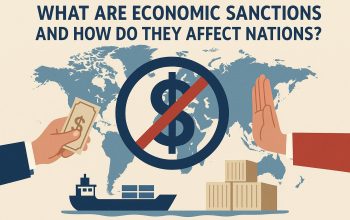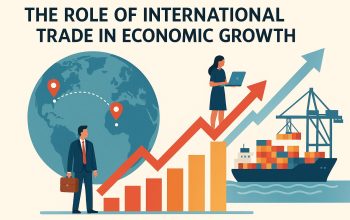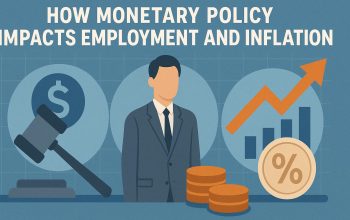The Importance of Consumer Confidence
Consumer confidence plays a pivotal role in economic growth. It refers to the degree of optimism that consumers feel about the overall state of the economy and their personal financial situation. When consumers are confident, they are more likely to spend money, which constitutes a significant portion of economic activity.
Understanding Consumer Confidence
Consumer confidence is often measured by surveys that assess how optimistic or pessimistic people are regarding their financial situation. Various organizations around the world conduct these surveys regularly to gauge consumer sentiment. For instance, the Conference Board in the United States publishes a widely respected Consumer Confidence Index each month.
The Impact on Spending
When consumer confidence is high, individuals tend to spend more on goods and services. This spending drives economic growth, as it stimulates production, increases corporate profits, and leads to higher employment rates. In contrast, when consumer confidence is low, spending often decreases, which can slow down economic growth.
The Feedback Loop
There is a feedback loop between consumer confidence and economic growth. Economic growth can lead to an increase in consumer confidence, as job opportunities rise and incomes improve. Conversely, rising consumer confidence can further propel economic growth through increased spending.
Factors Influencing Consumer Confidence
Consumer confidence is influenced by several factors, each playing a role in shaping how consumers perceive their financial stability and economic future.
Employment Levels: Employment is a critical determinant of consumer confidence. Higher employment levels typically lead to greater confidence as individuals feel more secure in their financial standing.
Inflation: High inflation can erode purchasing power, leading to decreased confidence among consumers who feel their money doesn’t go as far. When prices rise faster than wages, people have to adjust their spending habits, often cutting back on non-essential purchases.
Interest Rates: Rising interest rates can reduce disposable income, as higher rates often lead to higher mortgage and credit card payments, which can negatively affect confidence. Consumers with loans or mortgages find themselves allocating a larger portion of their income to interest payments, reducing their ability to spend elsewhere.
Political Stability: Political uncertainty or instability can lead to decreased consumer confidence as individuals may worry about the future economic and political climate. Policies concerning taxation, regulation, and economic reform can greatly influence public sentiment.
These factors interweave to create an economic environment that either fosters or hinders consumer confidence. Policymakers and market analysts pay close attention to them, recognizing their power to sway economic trends.
Measuring Consumer Confidence
Measuring consumer confidence typically involves surveys that ask participants about their views on economic conditions, their financial situation, and their spending plans. This information is compiled to create an index that reflects the overall level of consumer confidence.
Various organizations conduct such surveys, each with its methodology and scope. For instance, in addition to the Conference Board, the University of Michigan conducts its Consumer Sentiment Index, which is another key economic indicator. The data collected provides insights into consumer behavior, helping businesses and governments make informed decisions. The indices developed from such surveys can also predict future economic trends, as shifts in consumer confidence often precede changes in economic activity.
Conclusion
In summary, consumer confidence is crucial in driving economic growth. It influences spending, affects business decisions, and reflects the economic environment’s health. Understanding and monitoring consumer confidence can provide valuable insights into the future direction of the economy. As such, policymakers, businesses, and investors closely watch these metrics to make informed decisions.
Monitoring consumer confidence offers a window into the economic climate, allowing adjustments to strategies and policies that can potentially stabilize or boost economic performance. Businesses can tailor their offerings to align with consumer sentiment, and governments can develop fiscal policies that support economic stability. By managing the components that influence consumer confidence, it is possible to foster an environment conducive to sustained economic growth and prosperity.
This article was last updated on: June 30, 2025




